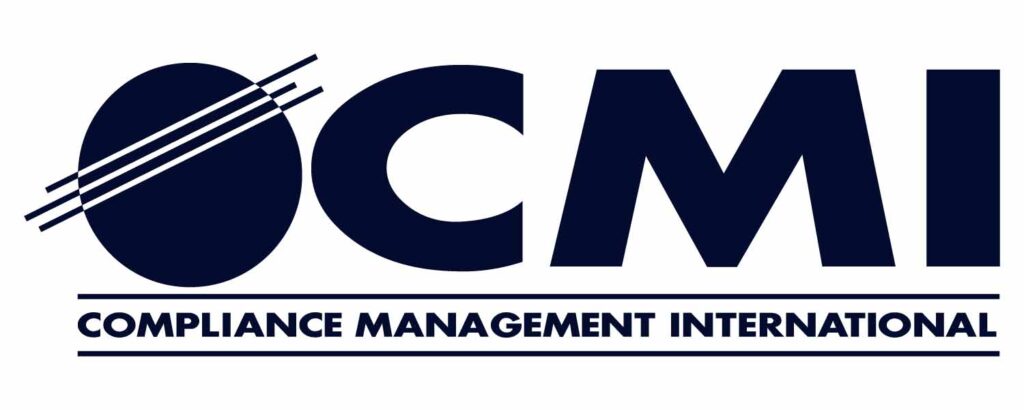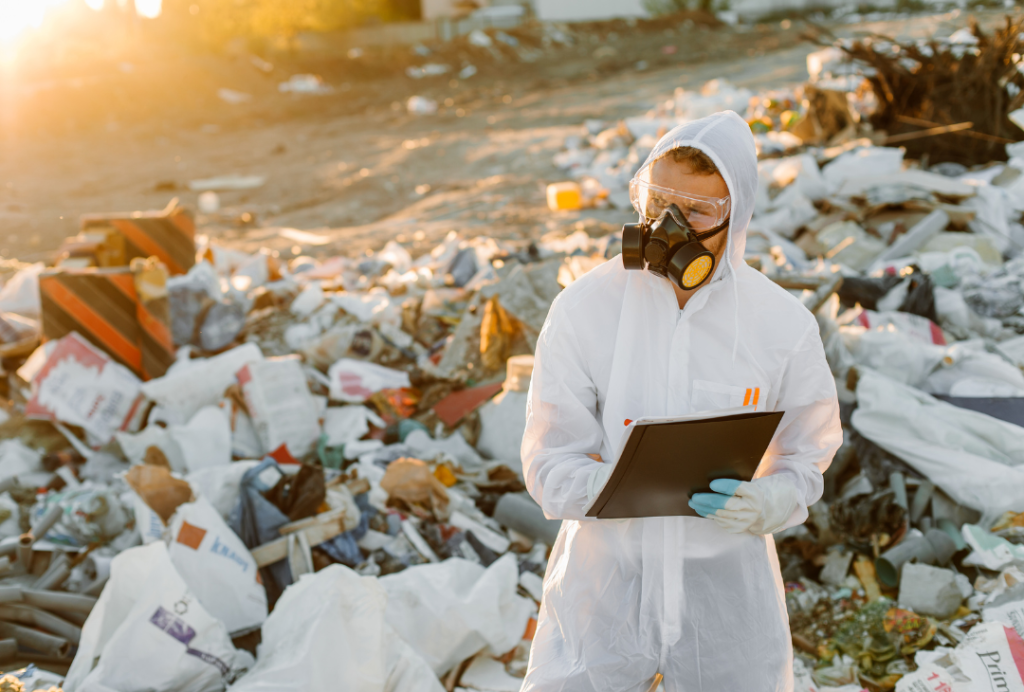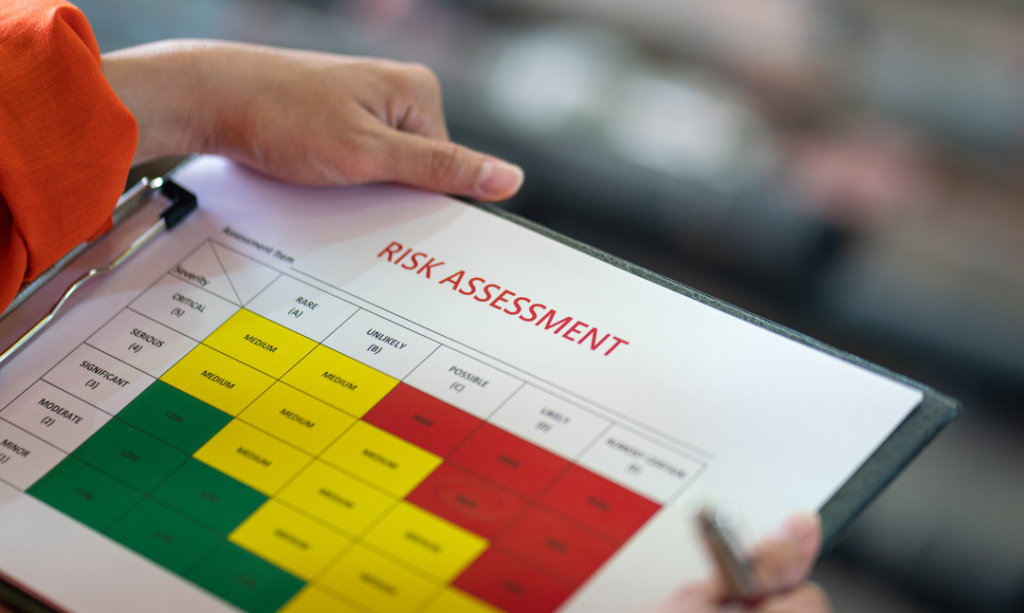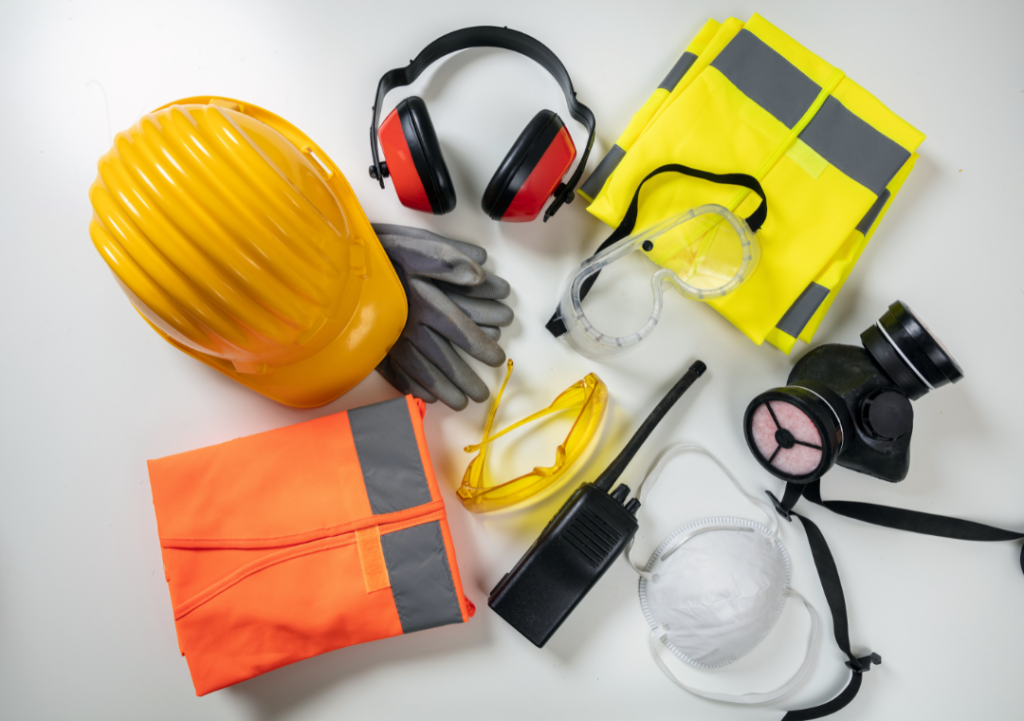It is no secret that Americans are struggling with mental health. Recent statistics indicate that in 2020, over 50 million adults experienced a mental illness with roughly 5% experiencing a severe mental illness (National Institute of Mental Health). While these are two broad categories of mental illness, any negative shift in an individual’s mental health introduces the potential for an incident.
The construction industry is not immune to this epidemic. In fact, the construction industry has one of the highest suicide rates of any major profession as workers are six times more likely to die by suicide than a fall (National Center for Construction Education & Research). Although health and safety professionals often highlight the Focus Four activities for injury prevention: falls, electrocution, caught-in and struck-by hazards; additional emphasis must be placed on mental health programs as an injury prevention strategy. Over the last couple of years, OSHA has also taken notice of the need to address mental health in the workplace and has established various webpages, resources, articles, and guidance, including suicide prevention in the construction industry. To learn more, visit OSHA’s webpage for workplace stress and preventing suicides.
Unfortunately, suicides occur more often than every other work-related fatality in construction. With a pervasiveness this high and widespread, we need to prioritize mental health as a key risk management initiative.
What are the warning signs?
There are common warning signs when it comes to identifying mental health risks in the workplace. They include loss of concentration, fatigue, brain fog, irritability, nervousness, physical pain, and reduced productivity. Additional indicators may include tardiness and absenteeism as well as physical changes such as sudden weight loss or gain and poor personal hygiene. Each of these signs can greatly affect the worker’s job performance and mindfulness required to complete a task safely.
Why is this affecting the construction industry?
What makes construction workers more susceptible to poor mental health conditions? Contributing factors include long work hours; lack of sleep; off-shift and overtime shifts; time and travel away from a support network; the pace of a jobsite and stress of increasingly reduced deadlines; seasonal employment; physical exhaustion; chronic pain and pain management; a competitive and male-dominated, hyper-masculine workforce; and the surrounding stigma of that environment. These factors, combined with the high-risk activities of construction, create a volatile situation.
What can we do to help?
Employers and advocacy groups have identified this concerning trend and are becoming increasingly more involved in developing and maintaining mental health programs and initiatives. The common denominator in these programs is no surprise; normalizing and de-stigmatizing the discussion. Creating a safe environment to discuss mental health openly or with a trusted representative is key. Additional proactive measures include ensuring workers understand tools and resources available, finding ways to reduce workplace stress, establishing a more suitable work schedule by highlighting mandatory breaks and work hour limits, investing in awareness such as sign and symptom identification training and conflict resolution, and clearly developing and communicating roles and responsibilities.
Next steps
Front-line construction health and safety professionals and workforce supervisors often lead the effort in establishing and maintaining a positive field-based safety culture. Championing an effort to focus on mental health should be no different. These individuals should be equipped with the skills necessary to identify poor mental health conditions and provide employer-based direction and training. The common safety philosophy of “sending everyone home the way they came into work” is a good start, but let’s close that gap and prioritize everyone coming into work the way they went home as well.
Resources from OSHA:
Working Together to Address Workplace Stress and Mental Health
Helping Your Coworkers and Yourself – Address Mental Health
Support One Another – How to Talk to Your Coworkers About Mental Health
Supporting Mental Health in the Workplace – Checklist for Senior Managers
Written by Jenn Kopsie, Manager, Health and Safety Services



